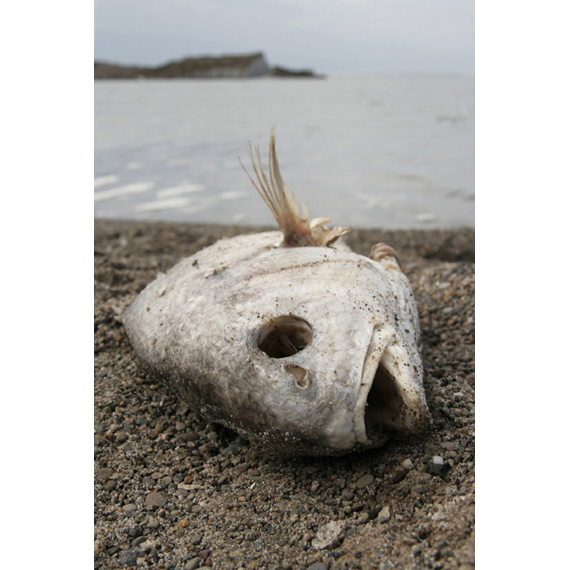3. Dead Fish
,From Day One, the project has no chance of meeting its goals; most people on the project know this and say nothing.
The goals of many IT projects can be summarized simply: We need this set of functionality, with this accuracy, with reasonable robustness, by this calendar date. The team is assembled, and the statements of goals and constraints are worked into detailed requirements and designs; and they’re published.
The big secret is that nobody on the project believes that the project can be an outright success. Usually, the deadline is not attainable with the other goals unchanged. Mysteriously, no one declares that there is a big, stinking, dead fish of failure already smelling up the project.

As the Greek tragedy plays out, the project will slog on. Then, typically a few weeks before expected delivery, each project member, project manager, manager of a project manager, and anybody standing remotely near the project, will either
1. declare shock, dismay, and amazement that the project is nowhere near where it needs to be for the upcoming release
or,
2. lay low and say absolutely nothing about anything unless asked
Why do so many people in so many organizations spray reality deodorant rather than simply state, “No way this project is happening the way we want. The dead fish is here.”
Many organizations are so driven for success that anyone expressing doubt gets no reward whatsoever for speaking his heartfelt opinion. In fact, if someone identifies the dead fish in the early stages of a project, upper management’s first response is likely to be
“Prove it. Show us that the probability of success is 0 percent. Draw no conclusions from the other dried-out fish carcasses lying around from previous projects; your project is different. Prove to us with irrefutable mathematics that failure is inevitable.”
Anything short of a masterful proof gets lambasted as whining or an attempt to get out of some good-old, honest hard work:
“Are you a weenie or a layabout? Take your pick, but we doubt you’ll be a part of this fine organization for long.”
In such an environment, it is safer to “try hard” and not make it than to declare goals unattainable as defined. Granted, sometimes it is necessary to take on a very challenging project and give it a real try before conceding anything. Absolutely—but the difference is that on hard projects with real deadlines, nobody waits until the last minute to declare an emergency. If your project is building software for a communications satellite that is set to launch in 18 months—and you know that if you miss the launch date, the next opportunity is 16 months after that—then you and everyone else will be sniffing the air every day for that aquatic scent. One whiff of that aquatic scent and you will spring into action, knowing too well that on a dead-fish project, action waits until most options are lost.
Clearly, the dead fish is not only destructive to organizations, it is demoralizing to the dead-fish project teams and their managers. No matter what the organizational culture, nobody is ever comfortable sitting on a stinking dead fish for long. The costs of keeping a dead fish secret are huge.
Just for Monty Python fans:
“This project’s not dead; it’s pining for the fjords!”
“It’s not dead, it’s just molting!”
“This is a dead project. It has joined the project choir invisible!”
“And now for some pattern completely different. . . .”
